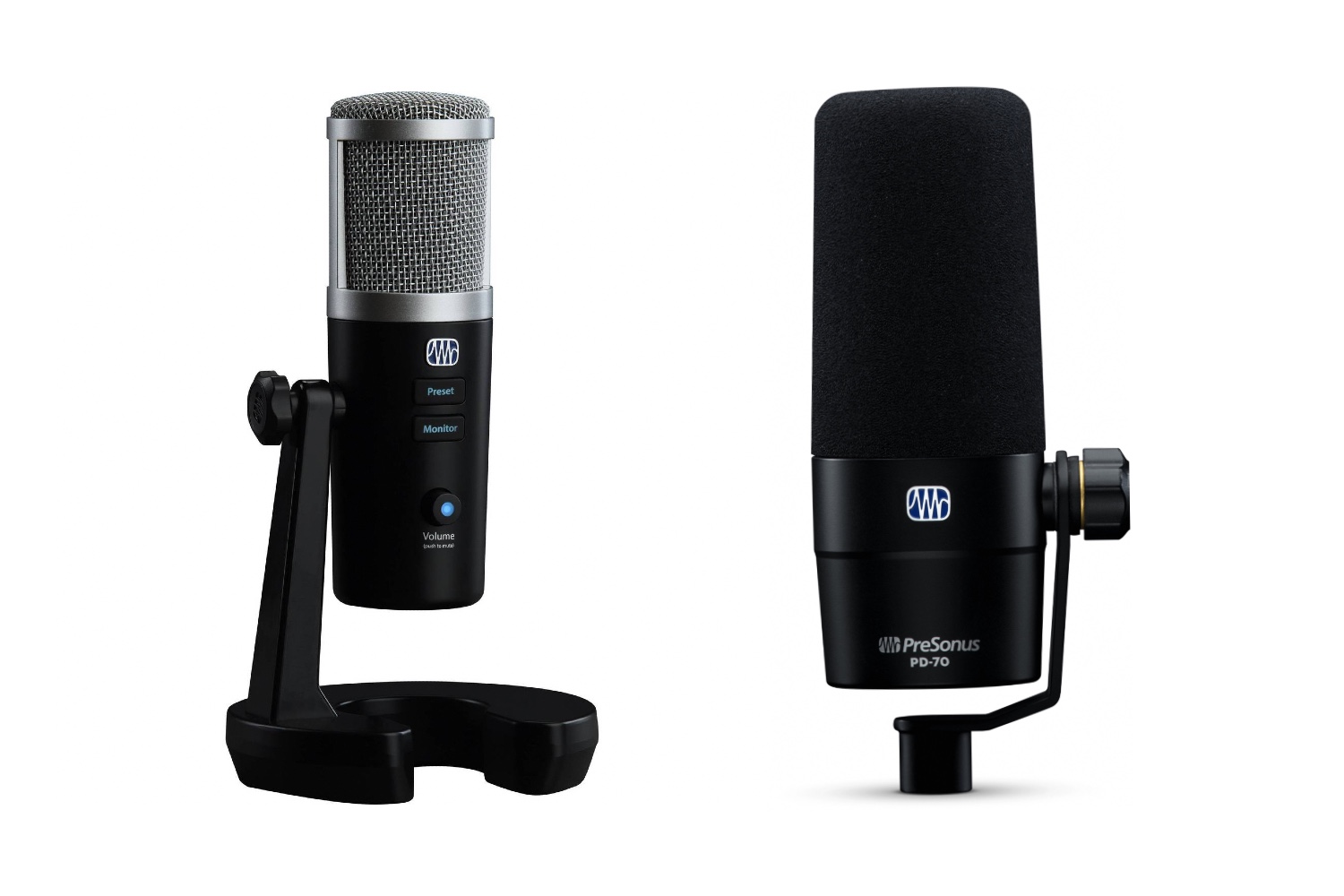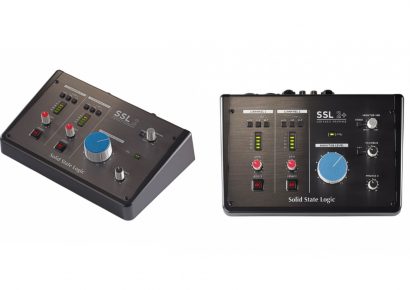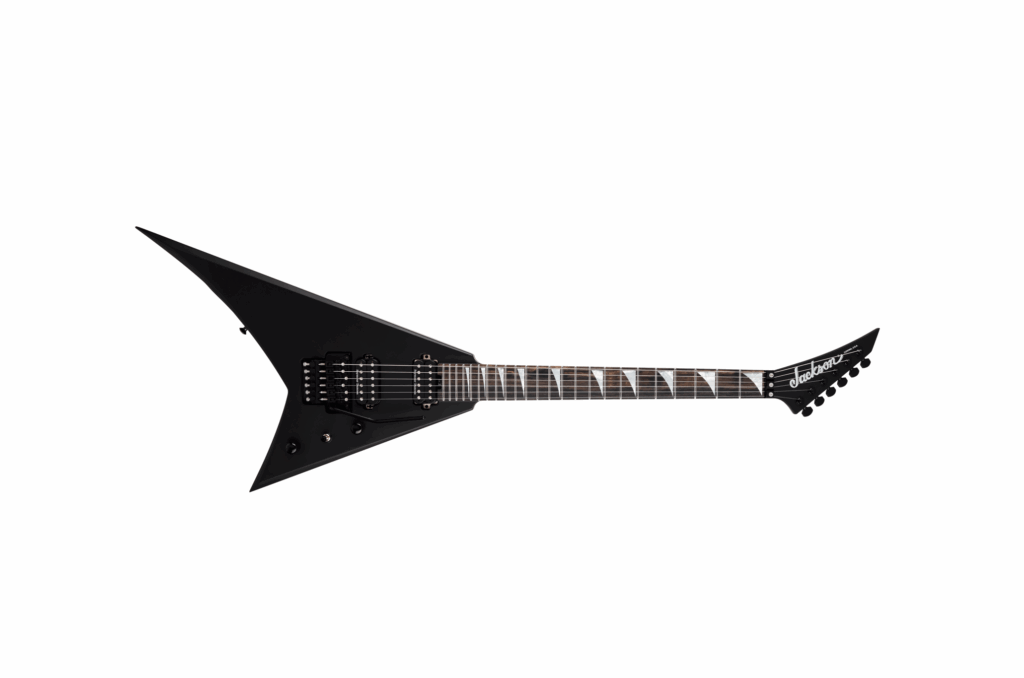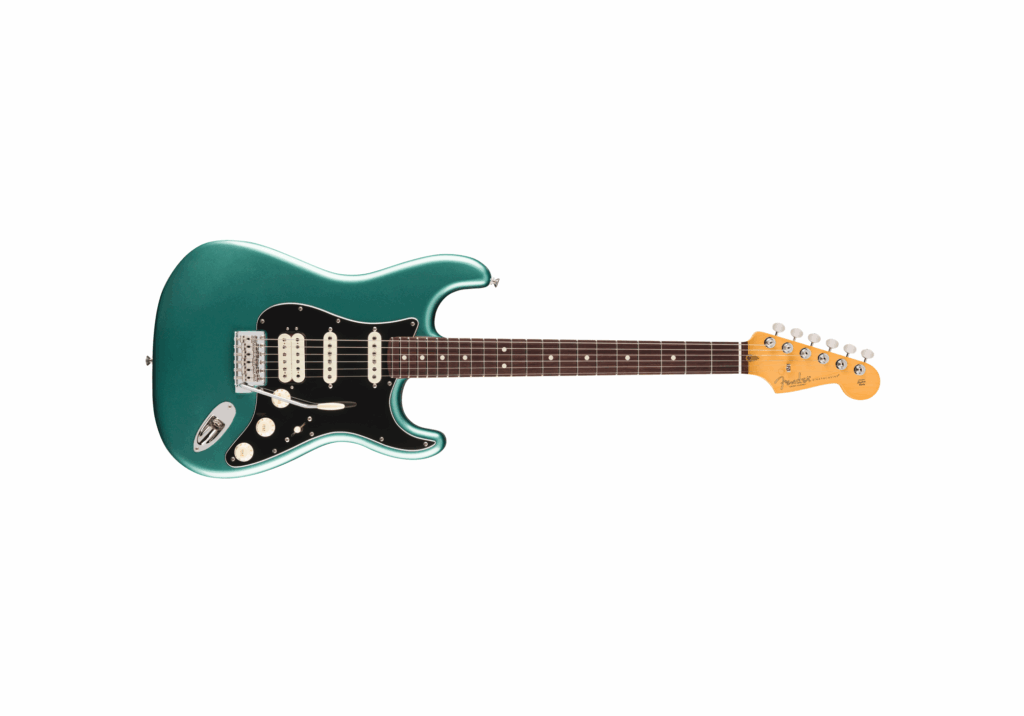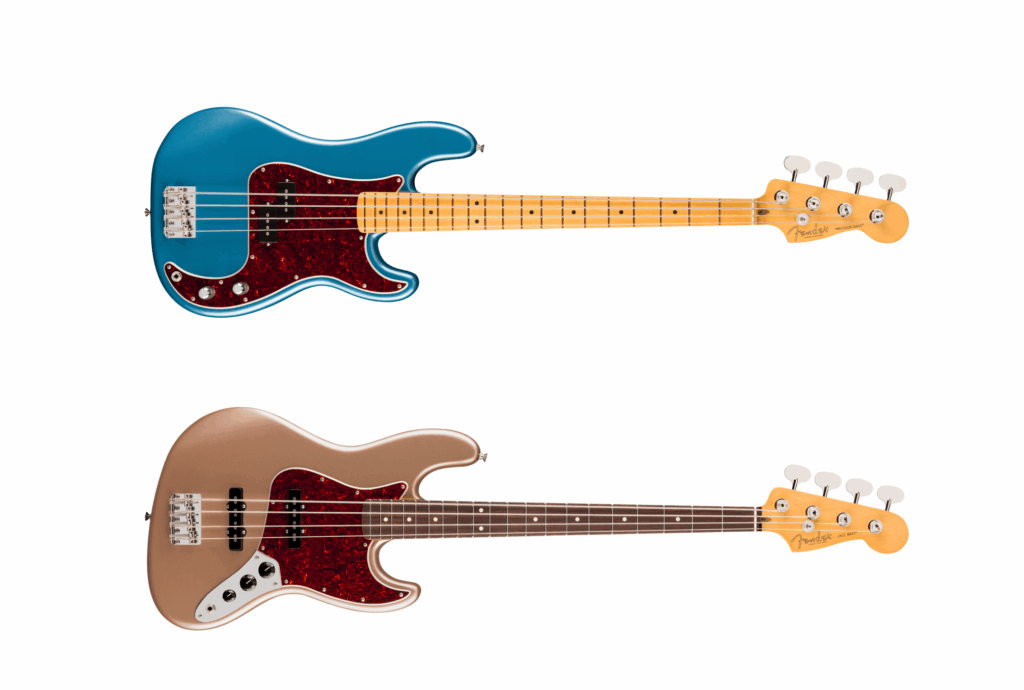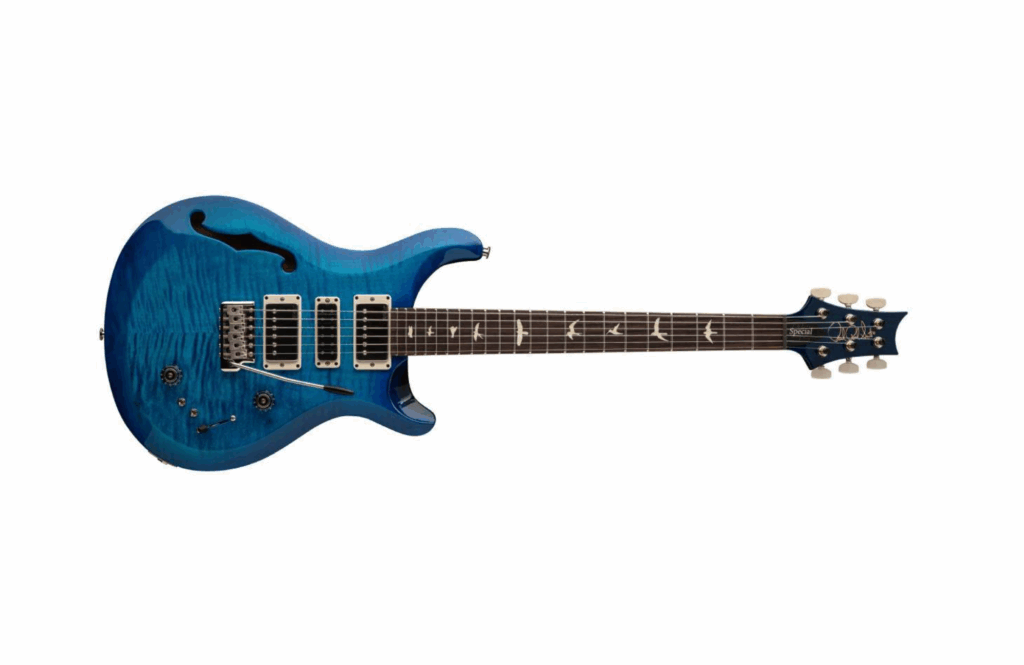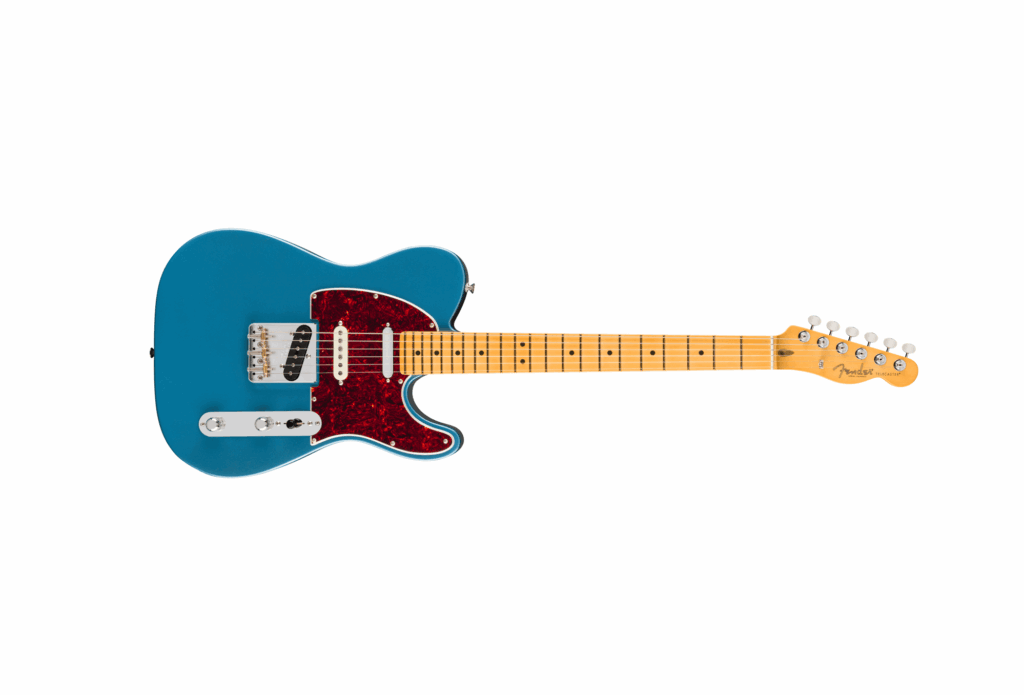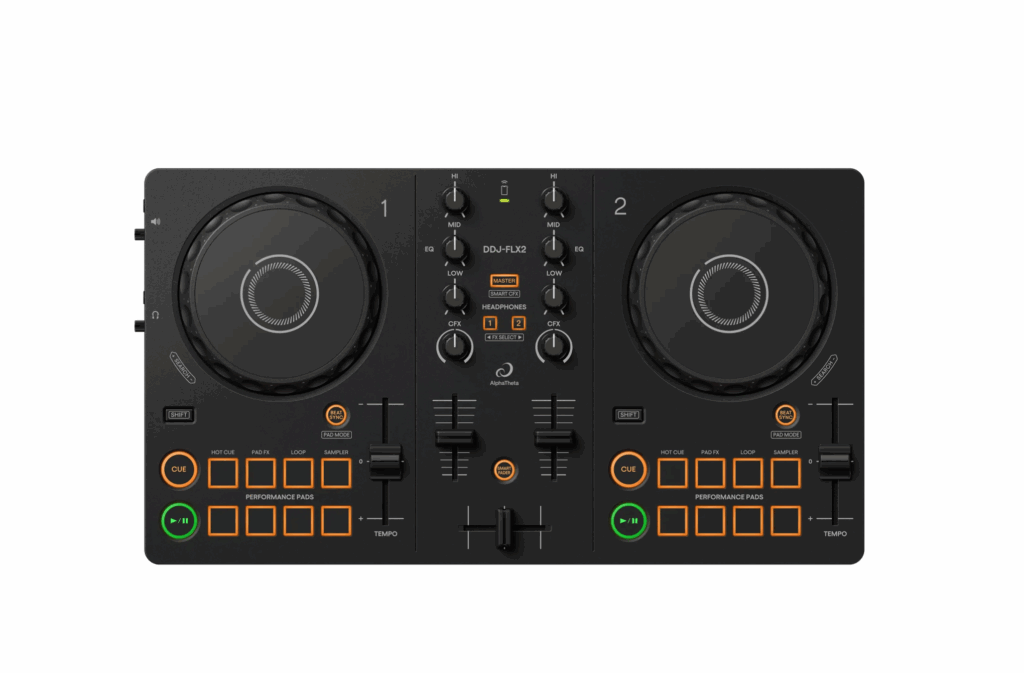Distributed by: Link Audio | Expect to pay: Revelator - $299, PD70 - $249
The content creation space is evidently growing by the millisecond, with the demand for content bursting at the seams and creators having to keep up with the ever expanding scenes. From podcasting, live-streaming, gaming (amongst the myriad of other platforms) taking up such vast space in the way we keep entertained and consume information.
Manufacturers across the world are working harder to keep ahead of the curb as this rapidly paced space continues to evolve, from plug and play type devices to affordable “broadcast quality” mics.
The demand for equipment that is both high quality and compatible for use across multiple platforms is ever increasing and a clear leader and innovator in this space is PreSonus, with two products that are absolute standouts in this arena: the Revelator and PD-70.
When it comes to USB mics, it really feels like we are experiencing a period of maturation within the product category and nowhere are these new design considerations more present than in something like the Revelator.
More than just a plug ‘n’ play simplicity for online good times, the Revelator has some incredibly clever tricks up its sleeve, not only in the unit itself, but also the intuitive control software app software.
On the surface, the Revelator looks every bit a textbook example of how far USB mics have come
in recent years, with its sturdy desktop stand, stylish silver grille and with general level of build quality and finishing that is really a cut above what one would generally associate with a USB condenser.
Connections on the bottom of the Revelator are a 3.5mm headphones output and the USB-C connector which feeds to a computer-nice and simple. On the front panel are three controls. Up top is the Preset button, which when pressed switches between the four inbuilt voice presets, each represented with a different colour – indeed a nice touch.
The monitor button below has three different functions. By default, it controls the headphone level, but when pressed once it illuminates a brighter blue (which is mirrored on the volume knob below) which controls the monitor level.
Where things get really nifty is when the button is held changes to control the mic gain level, and if the mic input is clipping, it’s indicated by a red light on the volume knob below, which is very cool. All these multiple modes become very useful when quick adjustments to any of these sources is required on the fly.
Lastly, the volume knob works in conjunction with the monitor knobs and controls the level of whatever the mode the monitor button is set to. Also pressing this knob mutes the microphone entirely (indicated by a red light), great for change overs or transitions in a podcast, performance or live stream. I found all of these controls incredibly intuitive and easy to use on the fly and the visual cues kept me from forgetting what I was monitoring or what preset I had selected.
The Revelator’s control software app, Universal Control is where things get really exciting. Even for those not accustomed to dialling in or adjusting things like high pass filters, compressors, gates and reverb setting will find the layout of Universal Control very user friendly.
Presets are found on the top left of the app screen and selecting these via the app or physically on the mic itself clearly indicates the different settings, from broadcast, special effects and singer type presets.
For those wishing to tweak further can open up the expanded window for compression, EQ and more. Very useful for refining and saving presets for different applications such as a simple voiceover through to a music performance.
The faders labelled Playback, Loopback 1 and Loopback 2 are where things get really clever and the routing options on the Revelator are no doubt one of its strong suites. The Playback fader can be configured, for example, to have music playback from a computer to be faded in or out, say at the top and tail of a podcast.
The loopback faders can be configured to receive audio from a DAW for performances requiring backing tracks for example, or to bring in a Zoom or Skype call of a guest on a podcast, then simply blending all the audio streams into the main mix and outputting to the live stream platform of choice.
Normally this sort of routing and monitoring would require a lot more setup and tweaking but the Universal Control app takes care of all of this incredibly well indeed. A welcomed feature for any users requiring plug and play ease of use.
The Revelator very much lives up to its rather fitting name, being quite the revelation in the content creation space. Easy and intuitive to use both on the physical unit itself and within the Universal Control app domain, the only thing I found to be missing was a USB-C to USB-C cable (a USB-A to USB-C cable is provided) for use with compatible computers but a minor gripe considering most will be a spare one lying around anyway. Safe to say, expect to see (and hear) more and more Revelators popping up in Youtube videos and Twitch streams, moving forward.
Just as we have seen a maturation in the world of USB mic, Podcast mics too are having their day in the sun, any PreSonus PD-70 dynamic mic can stretch with the glut of awesome Pod mics out there at the moment.
With its rugged construction and arm attachment making it perfect for broadcast studios or podcast setups alike, the PD-70 is built to last, with its strong robust chassis, giving the impression of being able to take a knock or two without incurring much in the way of major damage. After all, we all know how passionate broadcasters/ podcasters can get!
On spec, the PD-70 holds its own with a broad, full band frequency response of 20Hz – 20kHz and
a nice presence lift from around 2kHz to 10kHz, keeping the voices spoken or sung into it clear and defined. Its cardioid polar pattern keeps things focused, boasting an incredibly tight unidirectional pickup and outside noise to a minimum.
There’s nothing worse than listening to a podcast where the external noise is almost as loud as the voice itself, which not only is horrible to listen to, but sounds unprofessional and DIY, and not in a good way. Thankfully the PD-70 takes care of this with ease and produces a professional sounding capture of the sound source placed in front of it, with all the nice proximity effect and low end reinforcement you would want out of a microphone of this type.
It’s easy to say that the PD-70 is one of the best value for money microphones of its kind. The initial costs of setting up a content creation space can be daunting, wanting to get professional results without breaking the bank.
For podcasters, broadcasters, voiceover artists and radio hosts the PD-70 is a solid option producing the expected results of a microphone of this style, smooth, clear and crisp, and for some voices, the exact special sauce required.
For all the specs on both mics, head to the PreSonus website, and chat with the team at Link Audio for all enquires regarding domestic availability.
